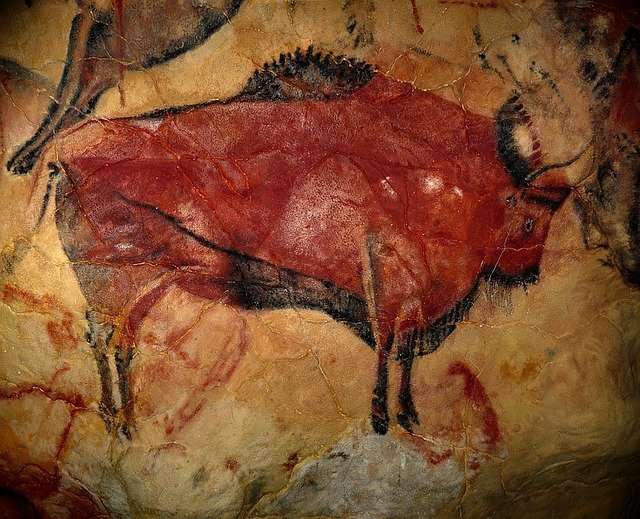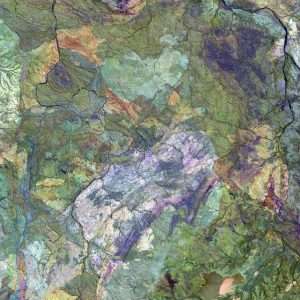Art is nothing if not a passion. It’s something you are willing to spend your life pursuing. As a result, when you get discouraged, you throw in the towel and quit. That’s why the following tips can help put your art on its feet again.
>1. Evaluate Your Progress
When you look at your artwork and think it’s amazing, that’s an indication that you need to do something else with your time. And even if you don’t think it looks good right now, that doesn’t mean there isn’t something salvageable in there. You just have to look for it.
>2. Stop Comparing Yourself to Others
The only person you can compete with is yourself, so don’t compare yourself to anyone else.
If you have a passion for art, whether it is painting or sculpting or dancing, it may seem that you are born with the talent. Even if it seems that way to you, I am sure there are many others who think you have something special. You may be very talented and have lots of potential. However, if you don’t put in the time it takes to achieve your goal and make your art alive, then someone else will do it instead of you. You can’t just sit back and expect others to acknowledge your talents; you have to work hard at them.
There are many things that can kill your art and even keep you from starting to create. It can be fear or distractions. You may get overwhelmed by how big the world is and how little you know about it. If this happens, then step back from your art for a while and rethink your goals.
You may feel like it is useless to try because no one will appreciate what you do anyway. Don’t give up; there are people out there who want to see what you can do with your art. You just need to show them what it is all about by putting in the time and effort.
I want to share some tips on how to bring life back into your art
How to restore your art
If your art is dead, it’s probably because you’ve stopped working on it. It’s not that it’s impossible to do creative work as a hobby. But you’ll have to make a special effort to keep from lapsing into the fuzzy zone.
+ If you have any projects going now, finish them. And then finish the next ones, until everything you’re doing is done.
+ When an interesting project comes up, try to make sure you have time to complete it before starting anything else.
+ If something isn’t fun or interesting enough, don’t do it just because it’s part of a larger project. If you’re willing to do that, maybe what you should be doing instead is looking for a different project.
+ Keep in mind that productivity can be as important as quality. If someone says they will create something amazing if they get enough time, but never actually finishes anything, their need for time is just an excuse for not being productive. Making things is more important than talking about making things or planning to make things.”
There are many reasons that you might feel like your artwork is “dead”. It could be because you are struggling to find inspiration for your work. You may have hit a rut in what you are doing and it feels like nothing comes naturally anymore. It may be that you aren’t sure how to take your artwork to the next level, or even if there is a next level.
You could feel like the passion has just gone out of your art, or it may feel like you are one of those artists who has “lost their voice”, who have had nothing new to say for a while. You might be feeling stuck and frustrated with your art, but not know what to do about it.
And that’s where I can help! I’ve worked with artists at all levels of skill and experience, so I know what you’re going through! Here are some tips that I’ve put together based on my experiences helping other artists:
1) Try something new . If you’ve been stuck in the same place for months or years, do something different! Try a new medium, mediums or subject matter. Just changing your working environment can give you a fresh perspective.
2) Start over . Maybe things weren’t as bad as they seemed
It is important to remember that art is a form of self-expression. What you really want to do is to express your feelings.
If you are not comfortable with your art, it will show in the final product. So make sure that you are always moving forward and trying new things.
Art is something that everyone can do on a small scale, so don’t be intimidated. Even if you have no formal training or artistic talent, you can still create some great art with a little practice and patience.
Admiring art is one of my favorite things to do. I love seeing how talented artists create such fantastic works. So, when I decided to become an artist, I started out admiring other artists. But after a while, it became harder and harder for me to be inspired by other people’s art. It became difficult for me to see the beauty in something that was supposed to be beautiful. So, I decided to change my process. In order to get my creativity going again, I created an assignment for myself every day.
By doing this every day, I’ve been able to learn more about my strengths and weaknesses as an artist and also rejuvenate my inspiration.
If you’re struggling with your art, consider setting up your own daily assignments. Here are some suggestions:
-Draw something new everyday
-Write a poem or essay everyday
-Write down your thoughts on life everyday (through journaling)
-Take a photo everyday and use it as a source of inspiration
I’ve found that these assignments have helped me be more productive and feel more accomplished every day. Try them!
The greatest invention of all time is a brush. It was invented in the China between 4th century BC and 2nd century AD. The Chinese made the best brushes from bamboo, and the best brushes were reserved for writing, because only people with the highest social status could write.
Towards the end of the Han Dynasty, around 200 A.D., a new type of brush called xuan paper appeared in China. Xuan paper was made from hemp and mulberry fibers, and it held ink better than bamboo.
Towards the end of the Tang Dynasty (619-907) paintings on silk started to appear. The paintings were very delicate, so artists had to use a light touch when painting them, which required new styles of brushmaking. The new brushes were made from softer materials like goat hair or horse hair.
The most famous brushmakers in history are Fan Kuan and Wang Wei who lived during the Song Dynasty (960-1279). Fan Kuan’s brushes have been raved about by many modern masters of calligraphy because they held lots of ink but still felt soft enough for calligraphy work. Wang Wei’s brushes are said to be extremely soft, so much so that sometimes his painting strokes looked as if they were



